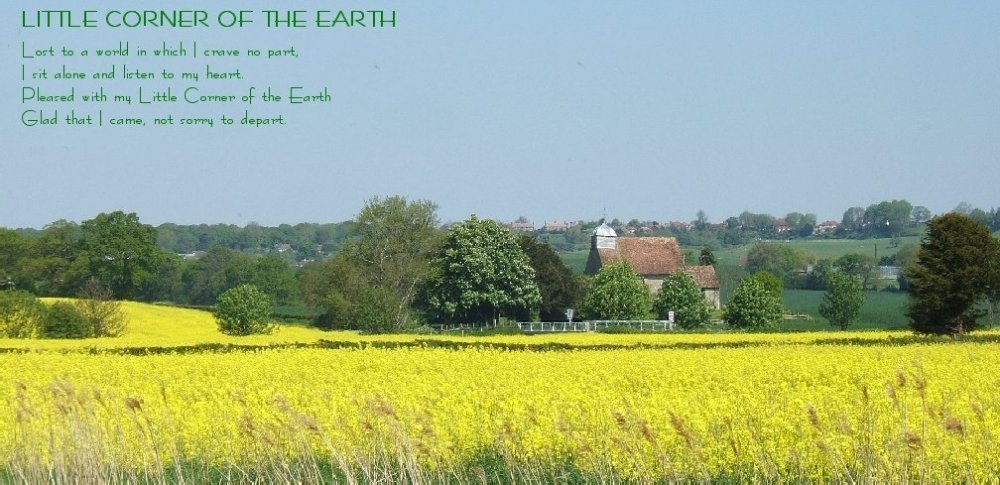
(apparently this "Penny-Farthing Band - German - is available for hire)
In English speaking countries cycle gearing is usually measured in inches. You don't really need to know what these inches stand for, just that a large number makes you push harder to go faster whereas a small gear allows you to winch yourself slowly uphill.
Gear inches come from the days when geared bicycles superseded the ‘ordinary’ – now known as a penny-farthing. This had its pedals fixed directly to the front wheel and if you wanted to go faster you needed a larger one. So bicycles were rated by the diameter of this wheel. A 52inch ordinary bicycle was big and potentially fast for its time, but only a tall man could ride it.
Then the safety bicycle was invented, on which all modern bicycles are based and in which the pedals are connected to the rear wheel by a chain and gears. These make the wheel turn faster (or slower) according to the ratio of front chainwheel divided by rear sprocket. A gear ratio of 48 by 16 for example, makes the wheel turn three times for one turn of the pedals. The effect is the same as if the pedals were fixed directly to a wheel three times as big, making a 26 inch wheel equivalent to one of 78 inch diameter. Such a bicycle was said to be geared to 78 inches – that would be one heck of a tall penny-farthing!
This system may be antiquated, but referring all gearing arrangements (including hub gears) back to a simple size of directly driven wheel gives us an easy way to compare all sorts of pedal cycles.
To calculate gear size you enter the diameter (in inches - or metric people could enter it in cms) of the actual wheel, and the numbers of teeth on the front chainwheel and rear sprocket, into the following formula:
Gear = Wheel × Chainwheel ÷ Sprocket
Not a lot of people knew that! But now you do. My lowest gear (23 inches or 58 cm)would have me riding an old penny-farthing with a front wheel that size - it would be like a small child's bike!


4 comments:
That's a great picture you got there, avus! Also: I like your clock up in the right hand corner; it's good to know what time it is elsewhere in the world. Unlike many folks, I have to do the figuring everytime when I want to call my bro down in OZ. Guess you have the same problem.
I know what you mean Granny and that's exactly why I put the clock in. For me Western Oz is GMT plus 7 or 8 hours depending on our summertime settings)
Well, thank you. It all makes sense when someone who knows what they are talking about explains it!
Thanks for this. It's very much in my bailwick and I intend to create a link via my next post.
And thanks for correcting my Woolpack booboo. Which deftly makes the point that one is better informed if one travels by bike than by car.
Post a Comment